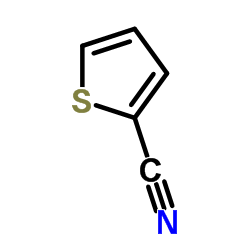| Structure | Name/CAS No. | Articles |
|---|---|---|
 |
Thiophen-2-carbonitril
CAS:1003-31-2 |
| Structure | Name/CAS No. | Articles |
|---|---|---|
 |
Thiophen-2-carbonitril
CAS:1003-31-2 |